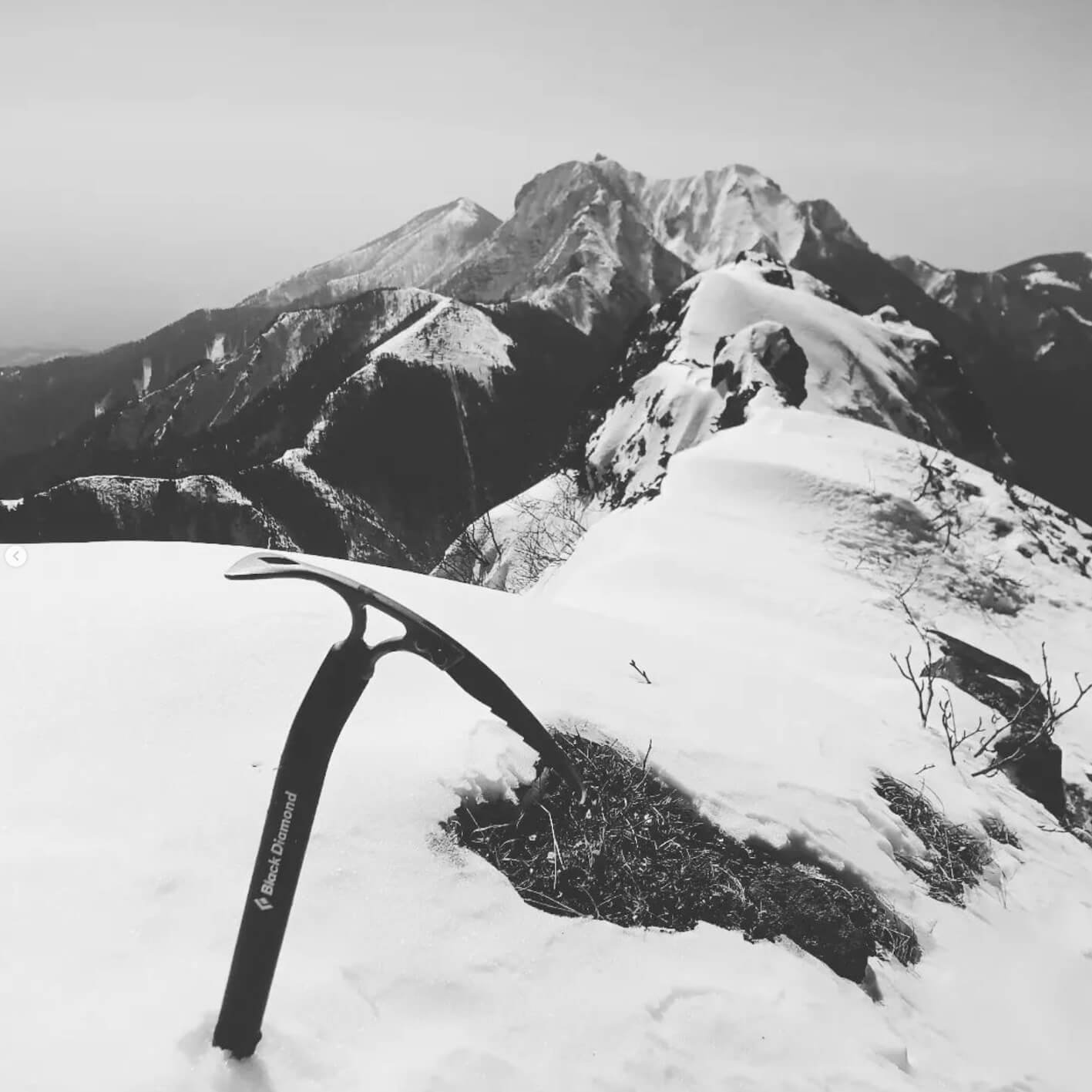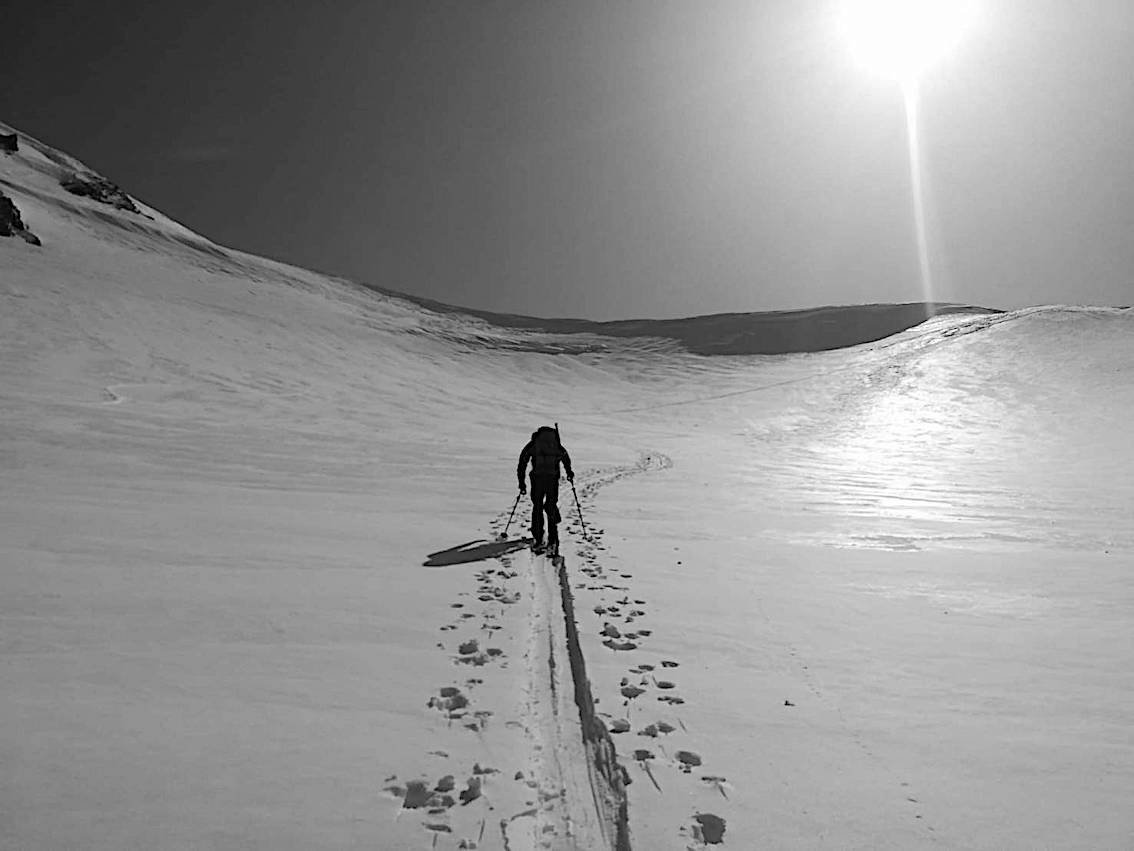The High Life with Moto the Mountain Guide
In Episode 05 of Snow Country Stories Japan, I speak with Hayashi Motohiro - better known as ‘Moto the Mountain Guide’. Moto is a true man of the mountains, an experienced guide who makes his living working ski patrol in Hakuba in winter before guiding on Japan’s highest mountains in summer including Mount Fuji – Japan’s tallest mountain – and the North Alps – the highest mountain range. As such, Moto is most certainly leading the high life both here in the snow country and other alpine regions.
Japan is in every sense a country of mountains. Over 70% of the Japanese land mass is designated as mountainous or rugged. Japan has 21 mountains of 3000 metres / 9843ft and above. All are located on the main island of Honshu with 14 of the highest 21 peaks located in Nagano while many mountains are also found found in prefectures including Gifu, Toyama, Shizuoka and Yamanishi. Fuji is the tallest mountain at 3776 metres with Mount Kita (3193m), Mount Hotaka or ‘Okuhotaka’ (3190m), Mount Aino (3190m) and Mount Yari (3180m) rounding out the five highest peaks in the country. There are many more mountains of over 2000 and 2500 metres while Japan also boasts more than 100 active volancoes, around 10% of the world’s known total. Please note that all photographs on this page were taken by Moto while in the mountains and cannot be used without his express permission. I feel that his black and white images in particular capture the drama and allure of the alpine landscapes in which he spends so much time - see below for Moto’s Instagram details.
The majority of Japan’s tallest mountains are found in three ranges in the centre of Honshu - the Hida, Kiso and Akaishi Mountains - more commonly referred to as the North, Central and South Alps; and when grouped together the three ranges are simply referred to as the ‘Japanese Alps’. Mount Fuji is the one very large exception to this, noting that it sits alone to the south of the Alps - straddling Yamanishi and Shizuoka Prefectures - around two hours to the west of Tokyo*.
*During the introduction to the episode, I mistakenly state that Mount Fuji is to the east to Tokyo.
Mountains play an important role in Japan and its native religion of Shintoism. Long considered the domain of the gods, mountains are points of devotion with Fuji, Tateyama and many others considered sacred. In that regard, the mountains of Japan act as repositories of spirituality and national identity and I argue that to really understand this complex country, you need to spend at least some time its mountainous heartland.
My chat with Moto starts with us talking about the winter just gone working ski patrol at Hakuba Iwatake, the short stint he’s about to do working at a mountain cabin on the Tateyama-Kurobe Alpine Route, the upcoming season guiding on Fuji and his independent guiding in mountains including the North Alps. The conversation then moves onto his own story and how a young man from Saitama travelled to Nepal and then New Zealand and fell in love with mountain life. Experiences that set him on a path that once back in Japan, led to where he is today.
I’d like to say a very big thank you to Moto for making time to speak with me and for anyone wanting to book a mountain guide while in Japan, I recommend you can get in touch with him via his personal website – for guiding including the North Alps and others around Nagano – or the Fuji Mountain Guides website – in relation to guiding on Mount Fuji. You can also follow Moto on Instagram.
For listeners interested in some of the destinations we discuss in today’s episode, please refer to the following websites:
Hakuba Iwatake Snow Field:
https://iwatake-mountain-resort.com/winter
Kamikochi:
Tateyama-Kurobe Alpine Route:
https://www.alpen-route.com/en/
I hope you enjoy our chat!






